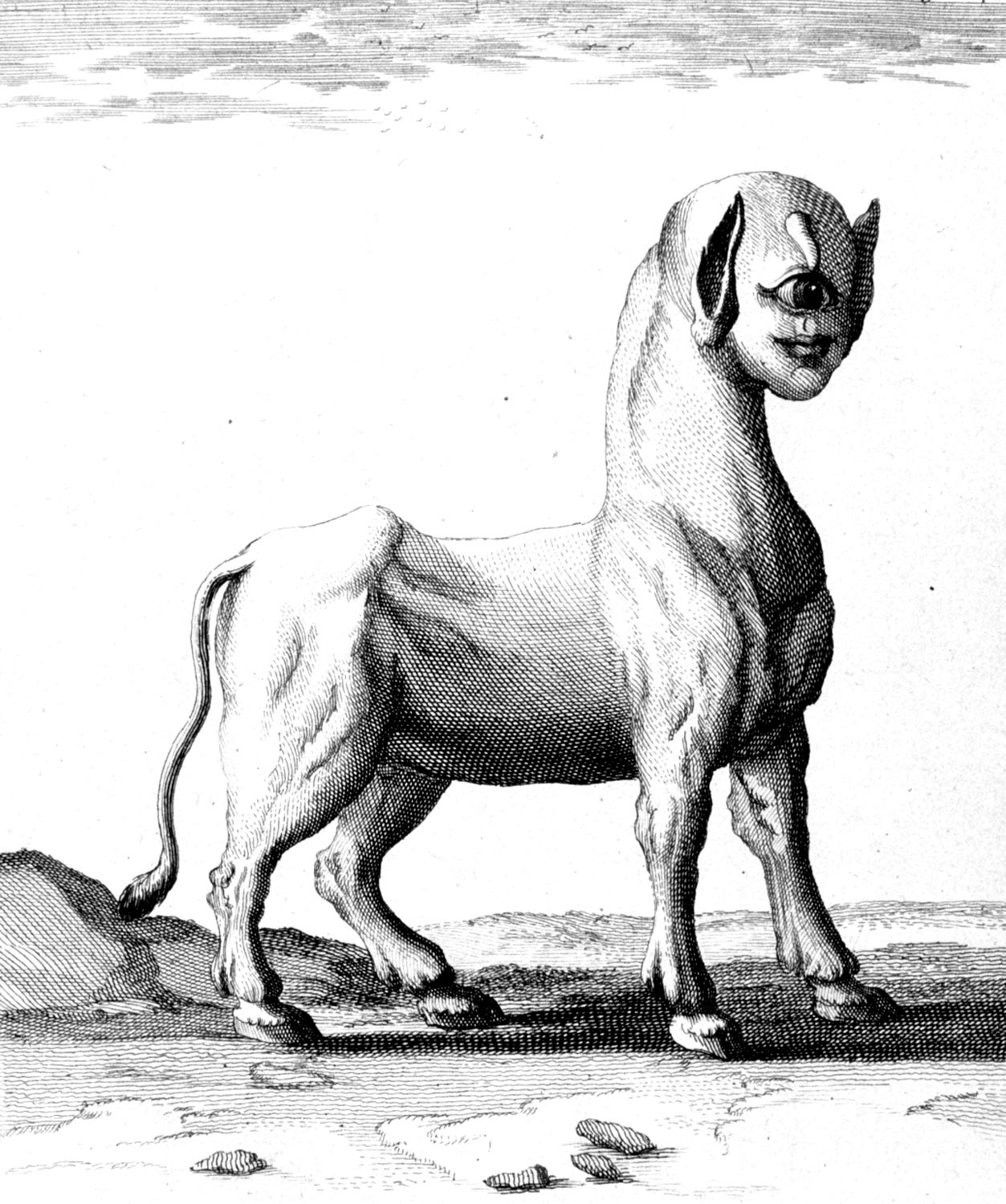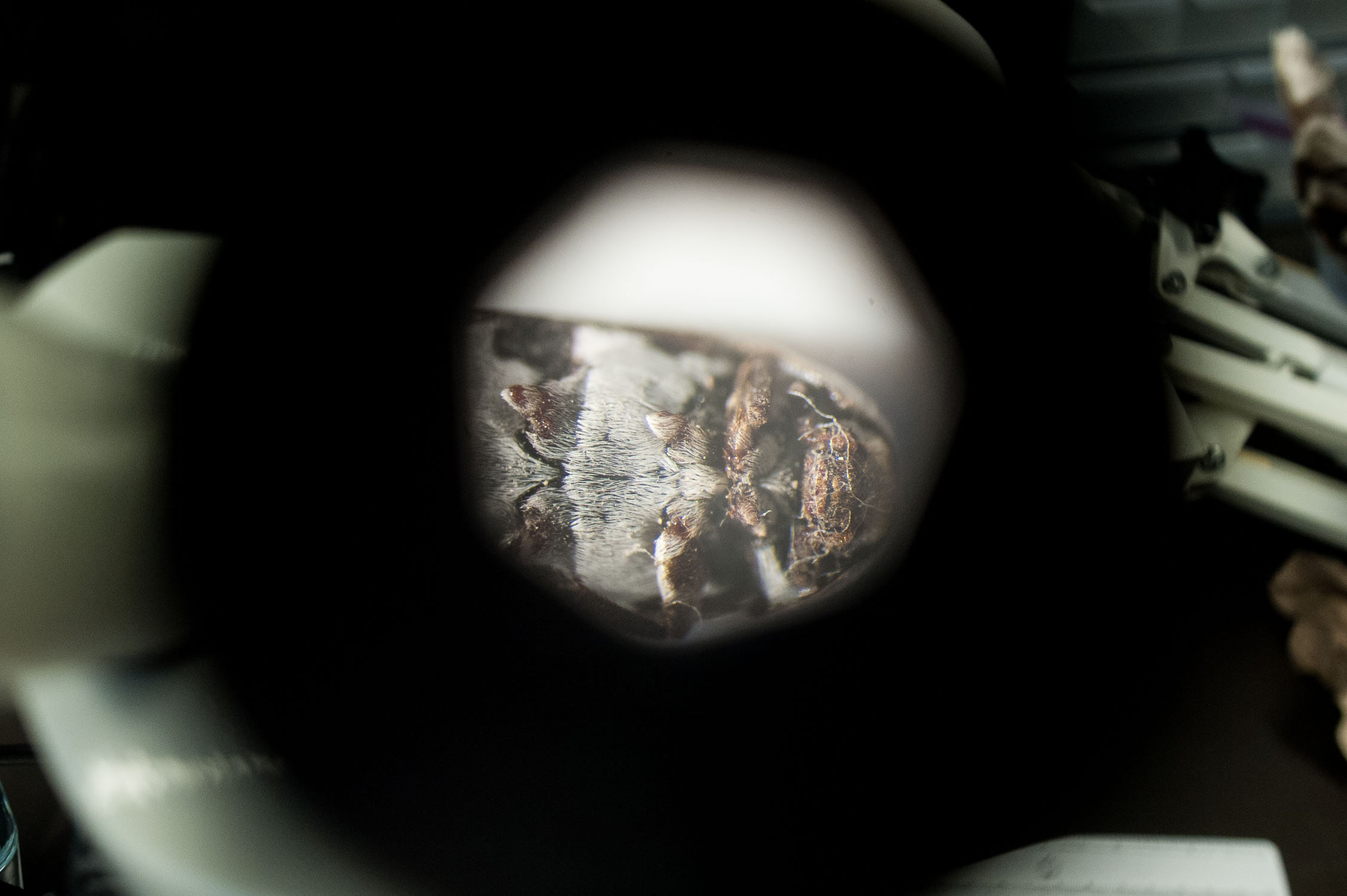HBM148: Early Attempts at Summoning Dream Beings
/Image by Jeff Emtman.
As a teenager, HBM host Jeff Emtman fell asleep most nights listening to Coast To Coast AM, a long running talk show about the world’s weirdnesses. One of the guests stuck out though; one who spoke on his experiences with lucid dreaming. He’d learned how to conjure supernatural entities and converse with his subconscious.
Lucid dreams are dreams where the dreamer knows they’re asleep. Some sleepers become lucid completely at random, but lucid dream training can drastically increase the frequency of their occurrence.
Months ago, Jeff put out a call for dream prompts on social media. He asked if anyone had questions for an all-knowing being to be conjured in a forthcoming lucid dream. Some of the questions are heard in this episode.
While training for this episode, Jeff used two approaches to trigger lucid dreams. The first was an audio recorder by the bedside. Each morning, Jeff recorded his dreams (lucid or not). The second method was a series of “wakefulness checks” throughout each day, stopping at random times to test reality, and to make a determination on whether he’s currently awake or asleep. This tactic is useful as it may eventually trigger the same behaviour in a dream.
In this episode, Jeff attempts to lucid dream to answer listener questions, but finds the progress slower than he hoped.
Here Be Monsters is an independent podcast that is funded entirely by individual sponsors and donors. You can become a donor at patreon.com/HBMpodcast
Producer: Jeff Emtman
Music: The Black Spot, Phantom Fauna, and Serocell.
Sponsor: Sleep With Me Podcast
Sleep With Me is a podcast that helps you fall asleep.
Host Drew Ackerman tells tangential stories, reads old catalogues, recaps old Charlie Brown specials and does other calming things all in pursuit of slowing your mind down and letting you drift off to sleep more peacefully.
Subscribe to Sleep With Me on any podcast app.
Jeff wearing his favorite Sleep With Me shirt. This shirt elicits compliments whenever its worn 🐏💖































